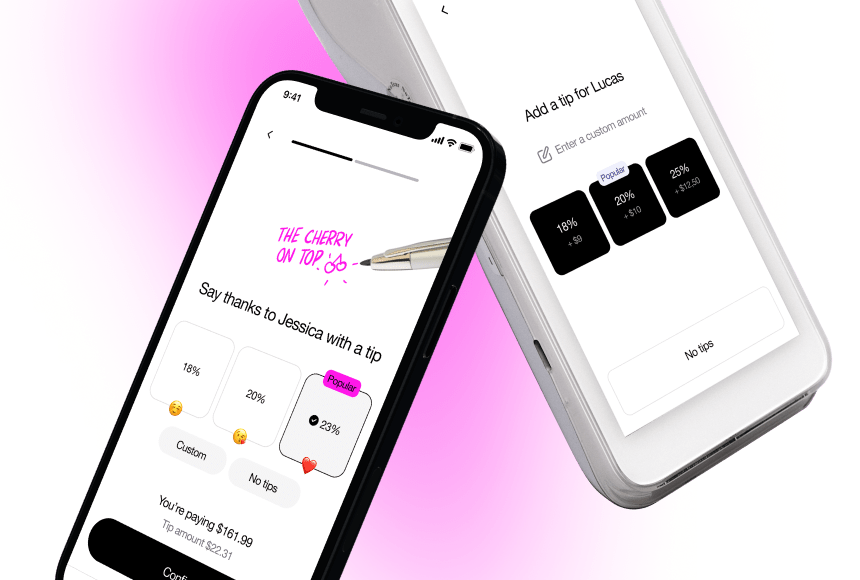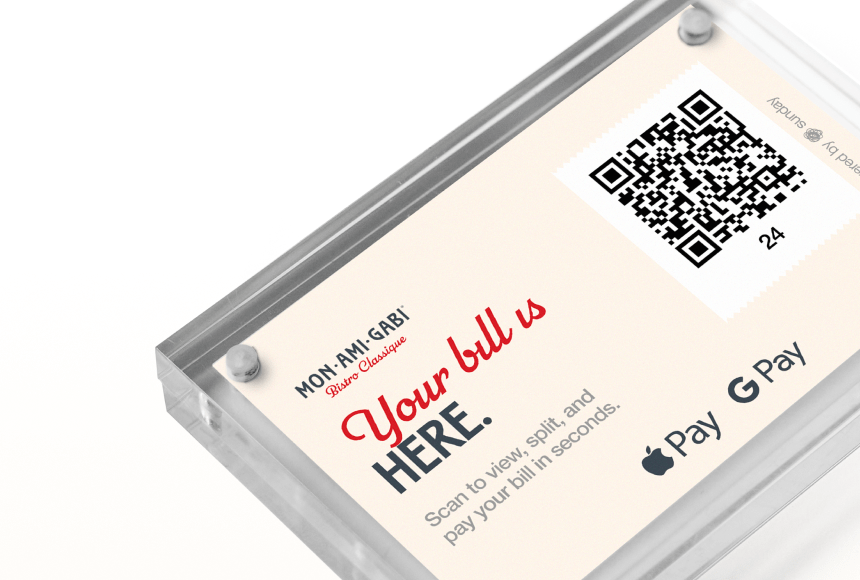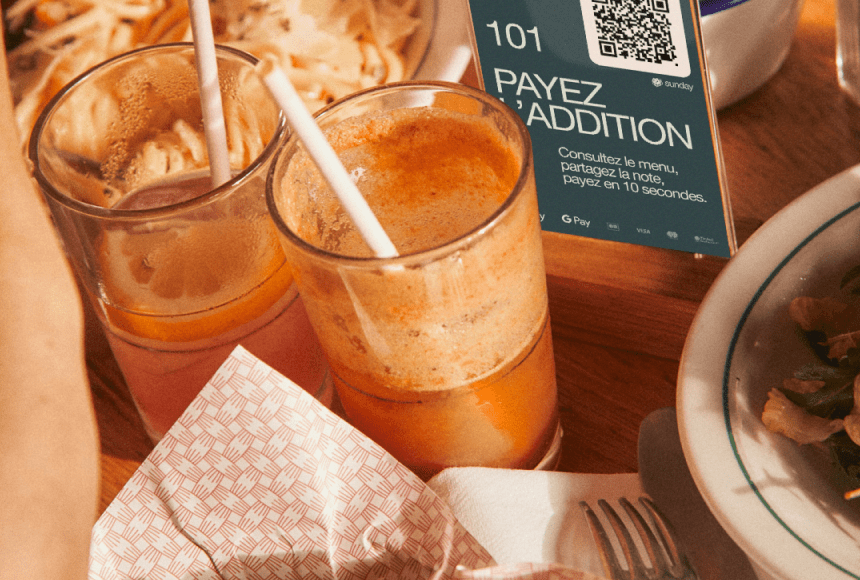
Fresh Perspectives on AI-Driven Tipping in 2025
Why Tipping Matters More Than Ever
Tips have always been a defining feature of the restaurant experience in the United States. They’re a subtle contract between you, your guests, and your staff: an immediate—and often quite personal—way patrons recognize a job well done. For restaurant owners, tipping is more than a line item on a receipt. It’s the barometer of your team’s performance and your patrons’ satisfaction.
Today, artificial intelligence (AI) is reshaping nearly all aspects of the dining industry, from reservations to kitchen prep. In 2025, AI-driven analytics are diving even deeper into tipping trends, offering fresh insights that can help you refine your business strategy. The good news is that you don’t have to be a data specialist to embrace AI and benefit from it. Solutions are getting simpler, more intuitive, and easier to integrate with your restaurant’s existing processes.
AI’s Role in Predicting Tip Behavior
Picture an assistant who can analyze thousands of payment data points weekly, highlight patterns, and even suggest how to raise average tip percentages. That’s what AI is doing for restaurants across the country in 2025. The technology identifies hidden tipping correlates—like the day of the week, the weather outside, or the time it takes for dishes to arrive at the table—and translates them into actionable insights.
Where do these insights come from? Machine learning algorithms comb through large datasets, evaluating variables such as:
- Server performance: Speed, friendliness, and user feedback capture subtle details that could influence a guest’s tipping habits.
- Menu choices: Certain dishes or add-ons might correlate with higher gratuities, especially signature items or seasonal specialties.
- Payment method: Contactless payments through QR codes, for instance, can encourage impulsive tipping—particularly when prompted by a friendly, streamlined interface.
- Demographic data: While always respecting privacy regulations (like GDPR or local laws in the US), AI can interpret broad demographic trends—such as age groups or local tourists—to forecast tipping ranges.
Any restaurant owner who’s seen the unpredictable fluctuation of tips knows how valuable it is to have a tool that helps anticipate these outcomes. It’s no longer a matter of guesswork; it’s about understanding real trends in real time.
Top AI-Driven Tipping Insights in 2025
The focus on tipping isn’t just about collecting extra dollars. It’s about scaling the guest experience consistently. Here’s what AI and machine learning solutions are highlighting as the most significant tip-related insights we’re seeing this year:
- Cashless Dominance: In 2025, more than 80% of transactions in typical quick-service restaurants are digital, according to the National Restaurant Association’s latest survey (source). Patrons are accustomed to tapping, scanning, or swiping. When customers pay via a QR code, AI-powered systems can display customized tip options, often increasing overall gratuities by up to 15%.
- Personalized Recommendations: Ever notice how some nights your staff pulls in bigger tips than others? AI now pinpoints which promotions, upsell strategies, or even server scripts are especially effective. You can tweak your approach instantly through your POS system and watch the spike in tip percentages. There’s no more waiting on a monthly analysis that’s late and out of date.
- Emphasis on Experience Over Speed: Quick table turnover still matters, but guests are shown to tip more generously when they feel cared for and acknowledged. AI is rating not just how fast a meal is served but also key touchpoints: greeting at the entrance, time to first beverage, and the server’s level of authentic engagement.
- Peak Tipping Times Shift: AI analysis reveals that the “happy hour” for tipping often occurs post-brunch on weekends, especially in urban areas. With targeted scheduling, you can allocate your top-performing staff right at these tipping peaks.
Striking a Balance Between Tech and Human Touch
Some restaurant owners worry that too much emphasis on AI might depersonalize the guest experience. But a well-implemented system does the opposite: it frees your front-of-house team to focus on their most valuable task—hospitality. By anticipating each table’s or each guest’s tipping behavior, AI-based solutions help restaurants fine-tune service (and even menu designs) for each audience segment.
For instance, if your AI platform indicates that diners who order your regionally sourced seafood tend to tip 5% higher when they receive a brief story about the sourcing of their meal, you can train staff to mention this anecdote. It’s a personal, warmly delivered message that resonates with sympathy for local producers—and it can translate to more tips. Tech meets human connection, forging a deeper bond with guests.
Practical Ways to Use AI for Better Tip Predictions
So how can you put AI to work? Here are a few approaches that restaurants across the US find particularly effective:
- Real-Time Dashboards: Most modern POS systems offer a dashboard that can be customized to pull AI-driven analytics. Watch weekly or even daily tip totals, see how different servers are performing, and adjust table assignments on the fly.
- Predictive Scheduling: Historically, staff schedules were built around guesswork and tradition—“Saturdays are busy, so let’s staff up.” But AI identifies micro-trends, like that burst of lunch traffic on Tuesdays or an uptick in business travelers on Thursday evenings. You can schedule your best staff at prime tipping windows, ensuring that you—and your guests—get the highest level of service.
- Intelligent Feedback Loops: Encourage patrons to leave quick feedback with your payment solution. This data, processed by AI, helps refine best practices. Did a server mention the new dessert, or share a quick personal note about the chef’s background? Anecdotal feedback can show if those gestures actually bump the tip from 18% to 21%.
- Menu Optimization: By analyzing which items correlate with higher tips, AI helps you develop a more profitable menu layout—or improved descriptions. If your specialty burger is a big tip winner, ensure it’s in the spotlight. The same goes for your creative cocktails or homemade pies.
A Quick Case Study: The Lakeside Grille
Imagine The Lakeside Grille, a mid-sized American bistro on the outskirts of Boston. In late 2024, John—the owner—noticed fluctuations in weekend tips. Some Saturday nights, guests tipped generously; other times, the staff struggled to earn the usual 20% average. Tapping into his updated POS system with AI functionalities, John pinpointed a few key discoveries:
- Weather Sensitivity: When the temperature dipped below a certain threshold, tips dropped by 10%. He realized many of these nights saw an older crowd who might’ve been in a rush to leave once they finished eating. By offering a cozy atmosphere—warm lighting, heaters on the patio, and complementary hot beverages—John encouraged diners to linger and appreciate the service.
- Engagement Factor: Guests who received a friendly “thank you for stopping by” from the manager at the end of the meal consistently left higher gratuities than those who didn’t. It was a small step that took seconds yet boosted week-over-week tip growth.
- Smart Tip Suggestions: Using an AI-driven QR code payment solution, The Lakeside Grille displayed custom tip options like 18%, 20%, and 25%. Because these suggestions were a bit more personalized—sometimes referencing a new special—it felt less boilerplate and more like thoughtful guidance. Over several months, the average tip rose from 18% to 20.5%.
By early 2025, John had a much clearer view of how to adjust staffing, tailor the dining atmosphere, and nudge tips in a positive direction. Those small changes added up to meaningful progress in revenue—and staff satisfaction soared.
Overcoming Tech Resistance
Implementing new technology can be intimidating for some restaurant owners and staff. Don’t let resistance hold you back. Here’s how to smooth the transition:
- Start Small: If a full AI integration feels daunting, begin with an AI-enabled payment platform. Once you see how accurate predictions can be, branching out into staff scheduling or advanced analytics feels more natural.
- Engage Your Team: Host quick training sessions to show how AI will help—not replace—your servers. Encourage them to explore the data, see patterns in their own performance, and happily adopt new ways of delivering a personal touch.
- Share Success Stories: Team members feel more confident when they witness real results. If a server learns that mentioning the day’s locally sourced fish raises their average tips, success quickly becomes a shared goal.
AI Ethics and Data Privacy
Any analytics tool that involves tracking customer behavior must comply with data protection and privacy regulations. In the US, different states have varying degrees of privacy law, with California’s Consumer Privacy Act (CCPA) being a prominent example (source). While AI can collect vast amounts of data, respecting privacy and anonymizing sensitive information is paramount. The goal is to identify trends, not violate personal boundaries.
Focus on collecting non-identifiable data—like aggregated demographics or broad tipping patterns—while steering clear of storing personal details without consent. If you offer reward programs or loyalty apps, be transparent about what data is collected and why. When restaurant owners adopt a transparent approach, customers generally trust the establishment more, leading to stronger loyalty and, ultimately, healthier tip percentages.
Ongoing Adaptations and Next-Level Customer Engagement
We’re also seeing AI’s predictive capabilities expand beyond tips. It’s informing restaurant owners about broader patterns—from deciding whether to introduce a vegan-friendly menu to which local events might attract certain diners. And since tip culture in the US is intricately linked to the overall experience, each of these insights can revamp your guest approach.
Consider these advanced tactics to continue evolving in 2025 (and beyond):
- Hyper-Personalized Promotions: AI can create targeted offers—like a 10%-off appetizer for members celebrating a special occasion—a gesture that often sparks higher tipping while strengthening guest relationships.
- Employee Reward Systems: By analyzing tips linked to staff performance, AI can help you identify top performers accurately. Rewarding high-tip servers fosters healthy competition and encourages others to match their service level.
- Cross-Platform Synergy: If you’re active on social media, AI can integrate those interactions—like reviews, check-ins, or hashtags—back into your tipping analysis. Maybe there’s a correlation between guests who engage on Instagram and higher tip rates in person!
Embracing the Future with Confidence
As the year 2025 shows, AI has become one of the key differentiators for restaurant owners aiming to thrive in a rapidly evolving landscape. Predictive tipping analytics not only optimize your revenue streams but also fine-tune your entire guest experience. You’ll discover precise windows for staff shifts, ways to tailor dining atmospheres, and how to encourage patrons to leave those extra few percentage points that boost morale and the bottom line.
Collaboration between technology and human touch is the secret sauce. Data helps you peel back the layers of why certain guests tip more. Your team then transforms that data into warmer, more personalized service. With the speed of change today, not using AI tools is like missing out on a whole dimension of guest intelligence.
Solutions like sunday, which streamline payments through a simple QR code, fit seamlessly into these AI-driven ecosystems. Simple data points—from how fast a table pays to whether a diner leaves a Google review—can feed into a larger machine-learning model. It’s easy, transparent, and integrated, ensuring you never miss a chance to enhance service.
Staying Ahead in an AI-Powered World
Adopting AI-based tipping predictions doesn’t mean losing the personal warmth that defines a great dining establishment. On the contrary, it’s about leveraging new technologies to nurture stronger connections and show genuine care for each guest’s experience. Data may be high-tech, but the outcome should always be high-touch.
As restaurants become ever more sophisticated, remember that tipping is ultimately a gesture of gratitude. With AI at your side, you get clearer insight into what drives that gesture—so you can fine-tune everything that leads to it. From menu design to staff training and even the placement of your QR code for payment, small steps add up in a measurable way. By embracing these predictions, you’ll stay ahead of the bend, serving up future-forward experiences that keep diners coming back, and keep your servers smiling.
Find out more today
Drop us your details below and we’ll reach out within the next 24h
More tips means a better service.
More tips mean better guest-experience, and better staff-retention.




